Engagement/lessons/tips/tricks/ideas for spring fever – age specific.
Funny, just last week, I found three ways to keep K-2 students engaged at the end of the year. Those are three things that I’m doing with my kindergarten students now. I wrote about them here.
Engagement for All Ages!
Those were for K-2, but today I’ll consider one way to engage all ages in true learning, even at the end of the year.
First of all, for all grade levels, they will be motivated if you let them have autonomy, let them have time to master, and let them choose the purpose of their learning.
From Dan Pink’s web page, the “Cocktail Party” summary of his book Drive:
When it comes to motivation, there’s a gap between what science knows and what business does. Our current business operating system–which is built around external, carrot-and-stick motivators–doesn’t work and often does harm. We need an upgrade. And the science shows the way. This new approach has three essential elements: 1. Autonomy – the desire to direct our own lives. 2. Mastery — the urge to get better and better at something that matters. 3. Purpose — the yearning to do what we do in the service of something larger than ourselves.
I believe his connections to the business operating system can be equally applied to much of the educational operating system. People, including students, are truly motivated intrinsically, not by dangling good grades, stickers, candy, or small trinkets in front of them. That doesn’t work and often does harm. Children in school need the “new approach” to motivation, as well.
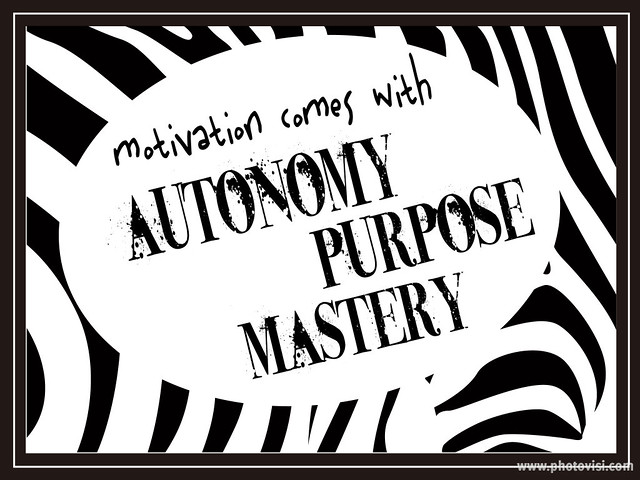 At the end of the year, when motivation is not usually at a high point, it is a perfect time to allow those things that will motivate. Give more choices, ask students what they want to learn, and then get out of their way. Here are a couple ideas to get started.
At the end of the year, when motivation is not usually at a high point, it is a perfect time to allow those things that will motivate. Give more choices, ask students what they want to learn, and then get out of their way. Here are a couple ideas to get started.
1. Ask them what they learned or did this year that they would have liked to learn or do more. Perhaps it was when they had a measurement lab in science, and they got to measure all kinds of liquid and solid ingredients. Let a small group measure some more.
Maybe some others are interested in the Civil War, but you didn’t have time enough to spend on it to satisfy their appetite. Let them pursue more about the Civil War.
Maybe you have some writers. Maybe they even wrote a novel in November, but they haven’t had enough time to devote to finishing it, revising it, or starting another one. Let a small group dive into writing.
2. For those who can’t think of anything that they would like more time with, ask them what they did not learn or do this year that they wish they would have. Perhaps some of them will come up with topics of interest to them that weren’t in your curriculum. If they have chosen it, they have some purpose in learning it. If you really meant it when you asked them, let them have autonomy to make a learning decision.
If you happen to be in classroom with access to enough computers, you can let them choose something from Gary Stager’s list of things to do on a laptop.
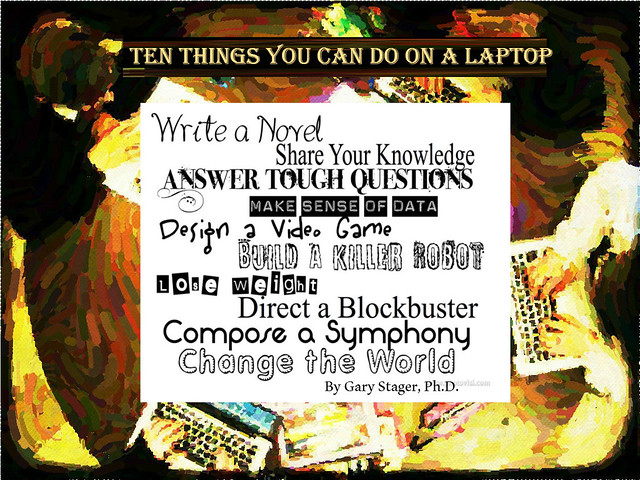
3. Finally, as soon as everyone has something they are interested in learning, step aside and let them learn it. The teacher becomes facilitator, resource finder, cheerleader and sometimes gofer. Some of us call this kind of learning Genius Hour. If you want to learn more, follow the hashtag #geniushour and see all kinds of amazing students all over the world learning with motivation, especially this time of year.
4. Have everyone choose a way to share their learning with the class. They can write a blog post. They can make a presentation, demonstration, or model for the class. They can make a movie or photo essay of their learning.
Enjoy! Your students will love you for it! The year will be over soon, so if you haven’t tried Genius Hour before now, this is a perfect time to do a beta version of Genius Hour. Save all your notes for next year to make it even better.
Do you have any other advice for engagement / lessons / tips / tricks / ideas for spring fever?


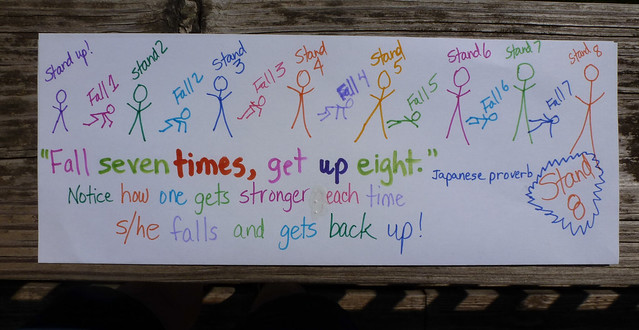



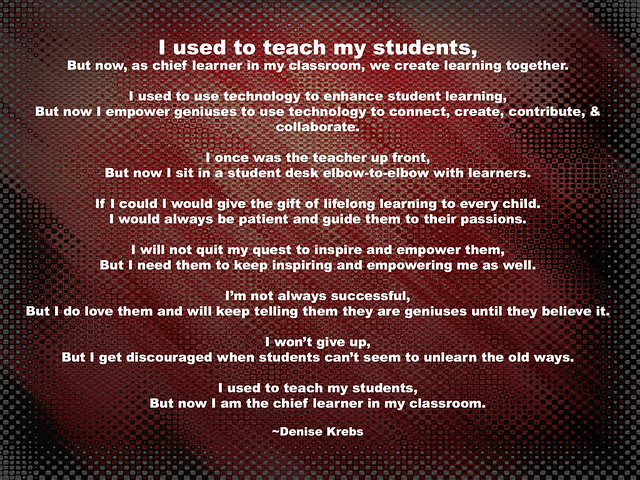



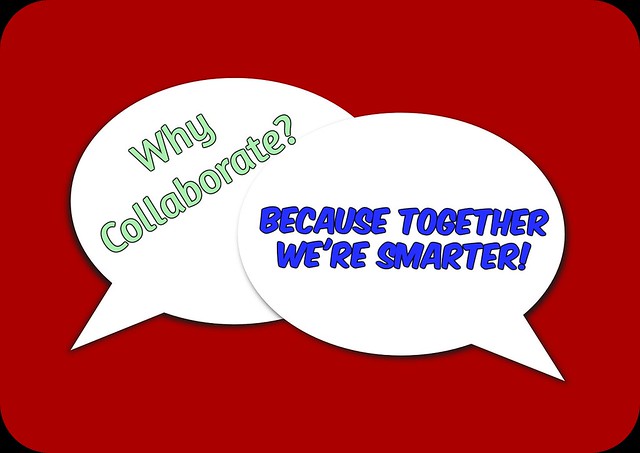
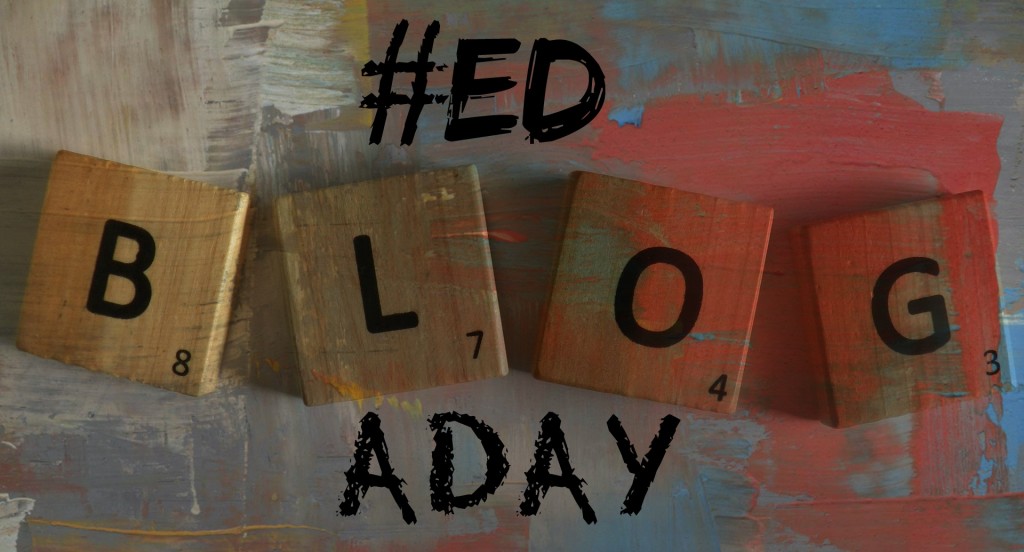
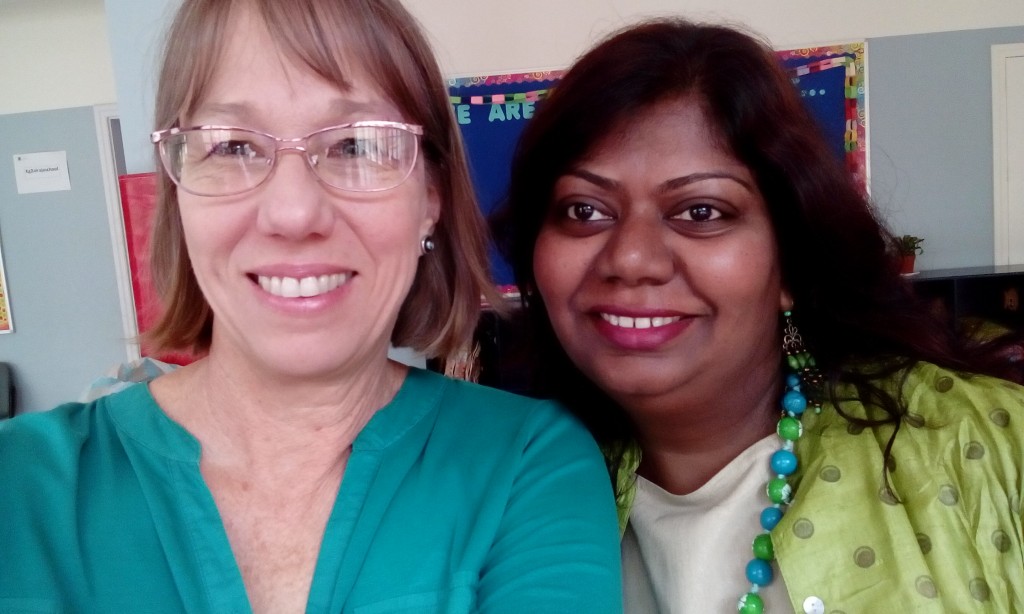
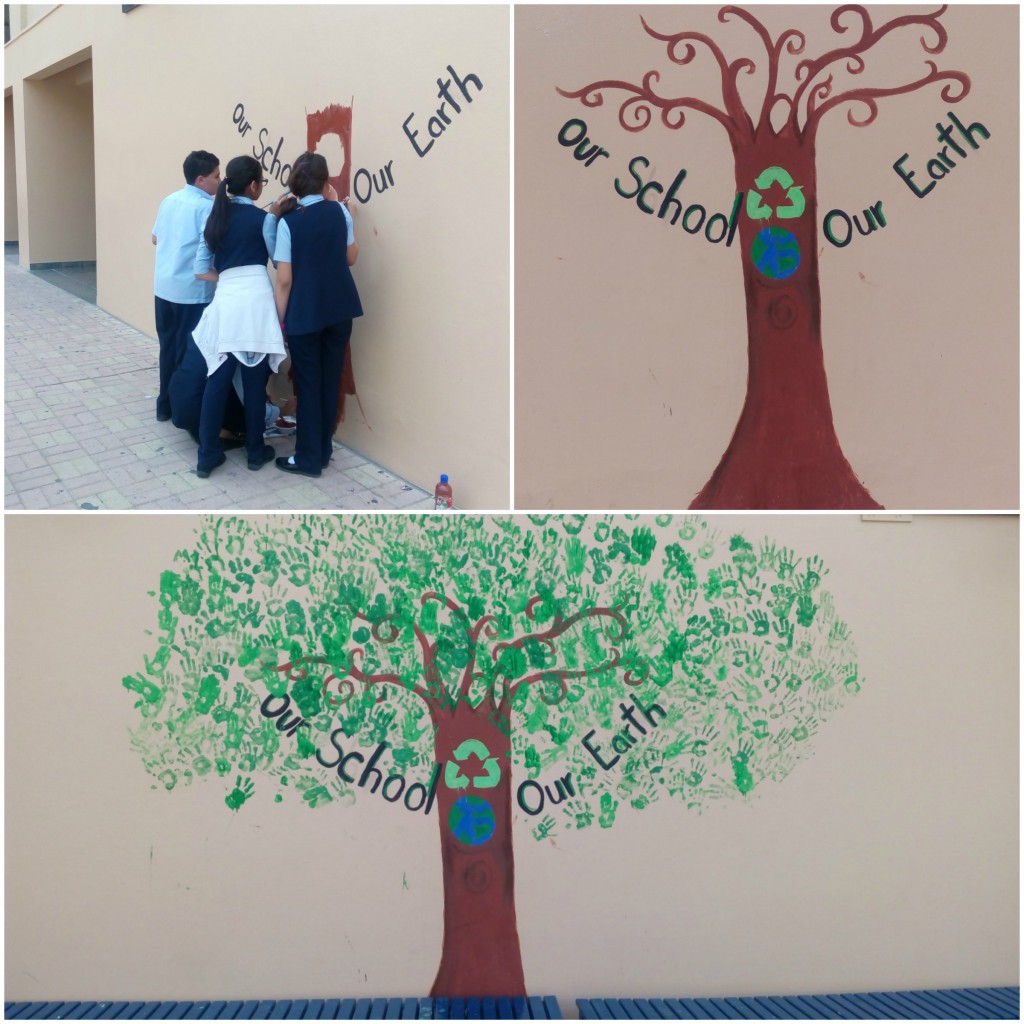
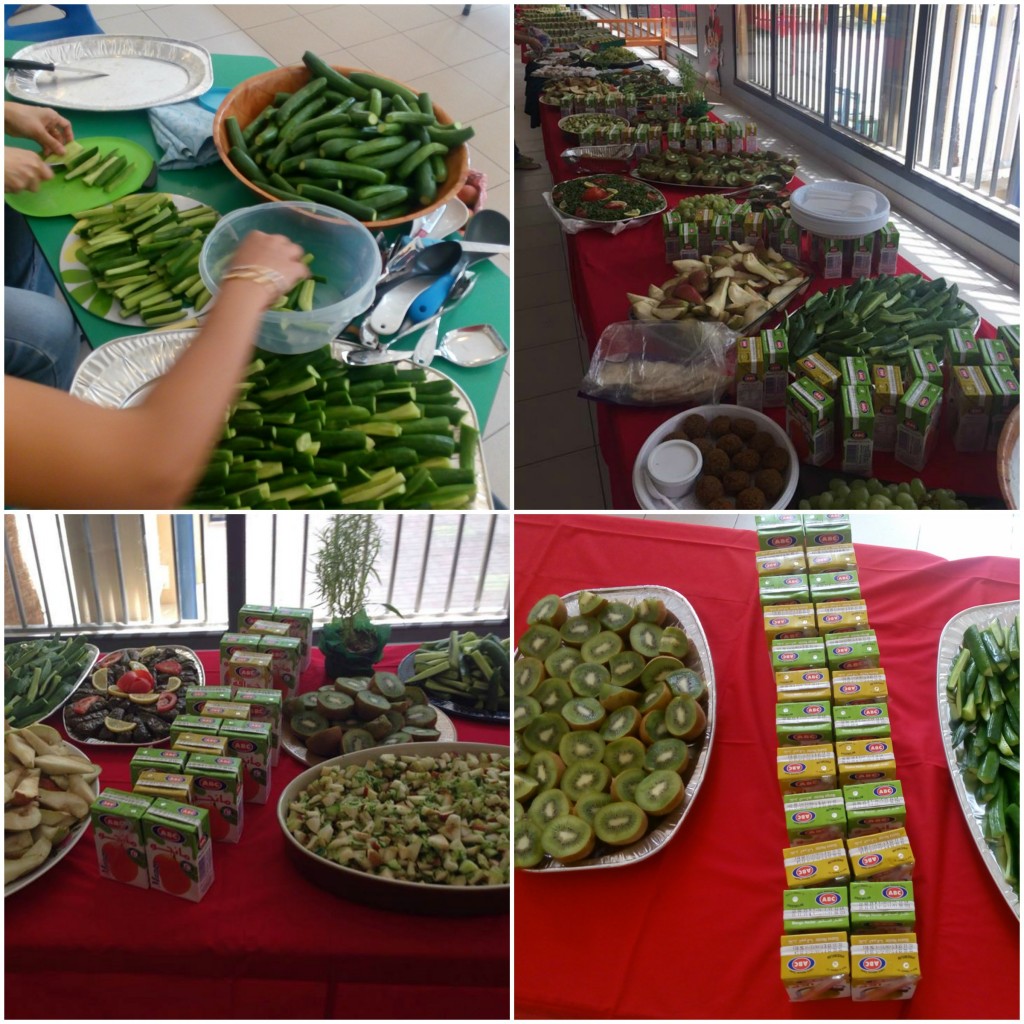
![IMG_20150423_111856[1]](https://mrsdkrebs.edublogs.org/files/2015/04/IMG_20150423_1118561-2fhv1wg-610x1024.jpg)
![IMG_20150423_071507[1]](https://mrsdkrebs.edublogs.org/files/2015/04/IMG_20150423_0715071-1y40v9n-610x1024.jpg)